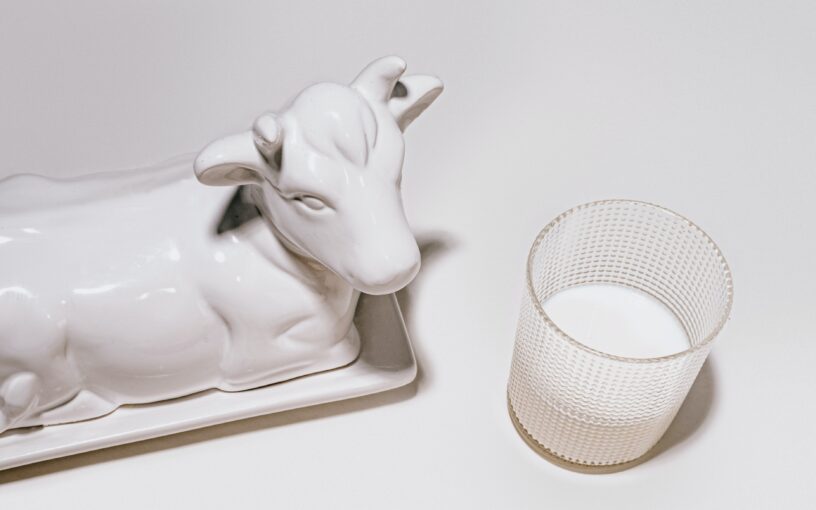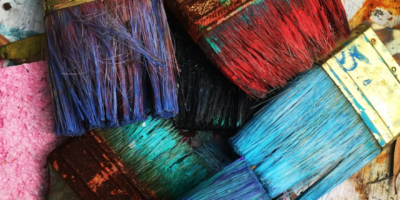The stars and cows have aligned for a third and final installment of the ELO-inspired food column.
A scandal has struck the nation in what the internet has dubbed “Buttergate”, a viral discussion surrounding allegations that some Canadian butter is no longer softening at room temperature. The issue first came to light through a tweet by Canadian cookbook author Julie Van Rosendaal (@dinnerwithjulie on Twitter):
“Something is up with our butter supply, and I’m going to get to the bottom of it. Have you noticed it’s no longer soft at room temperature? Watery? Rubbery?”
Bakers across Canada came out of the woodwork to share anecdotes and came to the agreement that something has definitely been up with butter lately. Once-spreadable butter had become crumbly and breakable at room temperature. Dairy Farmers of Canada vehemently denies any drastic changes to butter of late, insisting these claims are unfounded but have created a working group to investigate.
In 2020, butter sales increased by 21%, much larger than the average growth of 3-4% in the preceding few years. This growth, while typically seasonal, can largely be attributed to the beginning of the pandemic, in which everyone and their mother turned to baking to distract from the world shutting down.
Perhaps in response to the increasing demand for butter, many farmers increased the amount of palm oil supplements included in their cows’ diets. Adding palm oil to cow feed is said to increase the milk output of the cows, while also increasing the saturated fat content. There is little scientific research on the effects of palm oil in dairy products, although experts have said that butter produced using palm-oiled cows may have a higher melting point and thus be harder at room temperature. Herein lies the alleged genesis of Buttergate.
While fat consumption of dairy cows is just one of many factors that can affect the resultant dairy products, following the virality of the Buttergate fiasco, Dairy Farmers of Canada have advised Canadian farmers to reduce or eliminate palm oil cow feed additives. Canadians will have to wait and see if their butter softens up.
If you, like I, cannot stand for hard butter in these already hard times, here is an immediate solution. Make your own butter. It’s not nearly as complicated or time-consuming as you might picture, and you don’t need a butter churn. In fact, this recipe only requires one ingredient, doesn’t need any fancy equipment, and doubles as a vigorous arm workout. Makes roughly a quarter cup of butter.
Recipe
- ½ cup heavy cream
- Sealable container (I used a mason jar)
- ¼ tsp salt (optional)
- Pour the cream into the jar.
- Seal the container tightly and shake for about 10 minutes. Continue shaking until the mixture separates into solidified butter and liquid.
- Drain out the buttermilk (you can save it to bake with) and transfer the butter into a bowl.
- Use a spoon to wring out any extra liquid, then rinse the butter with ice water until the water runs clear.
- If you want salted butter, add salt now and work it in. You can also add garlic, herbs or honey for different flavoured butters.
- Enjoy your soft-at-room-temperature, homemade butter!
Sources
https://www.bbc.com/news/world-us-canada-56175784
https://www.nytimes.com/2021/02/25/world/canada/canada-hard-butter.html





Leave a Reply